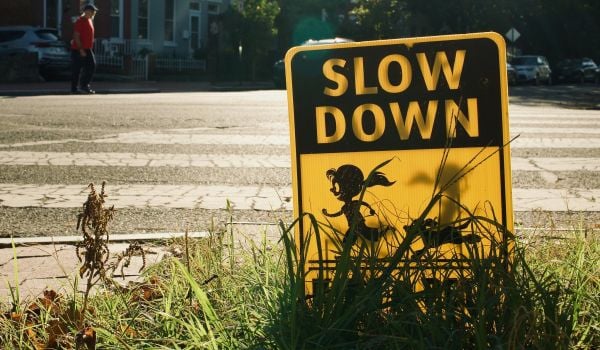Collisions between trains and cars at street-grade railroad crossings have decreased over the past decade, but pedestrian and cyclist fatalities at those intersections remain largely unchanged. A team of researchers at the University of Illinois at Chicago’s Urban Transportation Center recently undertook a survey to determine ways to improve pedestrian and cyclist safety at these crossings. After interviewing 211 people ranging in age from 18 to 70 who were crossing grade-level tracks at seven locations in and around Chicago, they discovered that not everyone heeds safety information in the same way.
Users older than 51 years, for example, more readily noticed active warning devices, like lights, than passive ones, like signage. Female respondents of all ages were more safety-conscious at crossings than male respondents. Young men, under 21 years old, were the only group in the sample who reported they would cross the tracks despite activated warning signals if they were in a hurry. Overall, youth corresponded with risk-taking: Respondents 30 years or younger were three times more likely than older respondents to say they’d cross the tracks in violation of safety signals. The report says:
“A great majority of the respondents said they would not cross the tracks when the lights are flashing, the bells are ringing, or the gates are down. However, up to 25 percent of the respondents, on occasion, would still cross the tracks against activated signals/warning devices.”
The survey also found that everyone, regardless of age, becomes less aware of oncoming trains when talking on cell phones or listening to music on headphones. The report recommends that agencies develop methods to determine the efficacy of current signage, promote safety improvements with special awareness of the needs of disabled people, and support educational campaigns that promote environmental awareness, particularly for younger men.
The information was collected at seven Chicago Transit Authority rapid transit grade crossings on the Yellow Line in Skokie, the Pink Line in Cicero and the Brown Line in Chicago. The vast majority of respondents — 98 percent — were walking. The remainder were on bike.
Jen Kinney is a freelance writer and documentary photographer. Her work has also appeared in Philadelphia Magazine, High Country News online, and the Anchorage Press. She is currently a student of radio production at the Salt Institute of Documentary Studies. See her work at jakinney.com.
Follow Jen .(JavaScript must be enabled to view this email address)















